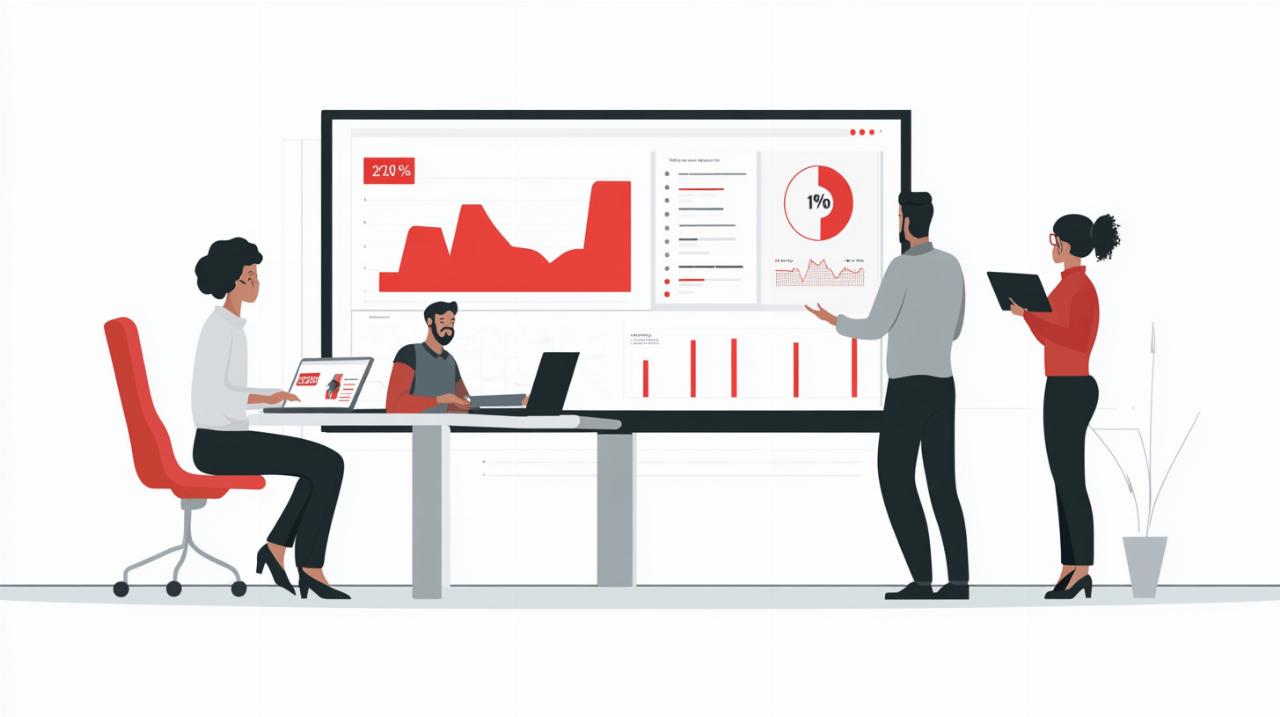Content
- Taking Profit: It’s Easier Than You Think
- Falling Wedge vs Bearish Pennant
- What Are Books To Learn About Falling Wedge Patterns?
- How to Spot a Healthy Pullback Opportunity while Trading Stocks
- How Long Does a Falling Wedge Pattern Take To Form?
- What Does a Falling Wedge Pattern Indicate?
- Three Indians pattern: disassembling the 3-touch strategy
- Example – Stacks (STX) – Falling Wedge Breakout
As the chart shows, Oracle Corp. (ORCL) closed yesterday’s trading session above $155, and during the session, the stock even climbed above $160, marking an all-time high. Like any technical pattern, the falling wedge has both limitations and advantages. The inverse is https://www.xcritical.com/ true for a falling wedge in a market with immense buying pressure.
Taking Profit: It’s Easier Than You Think
The lower trendline shows major support that extends out to the future. This often happens on charts where the patterns will reverse is falling wedge bullish when the trends change. Trend lines are used not only to form the patterns but also to become support and resistance. To get confirmation of a bullish bias, look for the price to break the resistance trend line with a convincing breakout.
Falling Wedge vs Bearish Pennant
Wedge patterns have converging trend lines that come to an apex with a distinguishable upside or downside slant. Just like in the other forex trading chart patterns we discussed earlier, the price movement after the breakout is approximately the same magnitude as the height of the formation. An ascending wedge occurs when the highs and lows rise, while a descending wedge pattern has lower highs and lows. This pattern is usually spotted in a downtrend, which would indicate a possible bullish reversal.
What Are Books To Learn About Falling Wedge Patterns?
Falling wedge pattern resources to learn from include books, audiobooks, pdfs, websites, and courses. To see how exactly they can be used in these ways, we provide the following samples. In essence, a bullish divergence tells us that selling pressure is slowing down, and/or buying pressure is picking up. This provides us with extra confidence that the trade will work out.
How to Spot a Healthy Pullback Opportunity while Trading Stocks
When confirmed with rising volume on the breakout, falling wedges can signal high-probability upside moves making them a reliable bullish pattern. Traders using technical analysis rely on chart patterns to help make trading decisions, particularly to help decide on entry and exit points. There are many patterns that technical traders employ, the wedge pattern being one of them. This pattern employs two trend lines that connect the highs and lows of a price series, indicating either a reversal or continuation of the trend. The breakout in a falling wedge pattern occurs when the price moves decisively above the upper trendline of the wedge. It is a critical moment in the pattern, confirming the potential bullish continuation or reversal of the previous downtrend.
How Long Does a Falling Wedge Pattern Take To Form?
Volume levels spike relative to recent activity during the pattern’s development, followed by fading participation towards the apex, indicating declining convictions. Hundreds of markets all in one place – Apple, Bitcoin, Gold, Watches, NFTs, Sneakers and so much more. We are opposed to charging ridiculous amounts to access experience and quality information. Feel free to ask questions of other members of our trading community. We realize that everyone was once a new trader and needs help along the way on their trading journey and that’s what we’re here for. Also, we provide you with free options courses that teach you how to implement our trades as well.
What Does a Falling Wedge Pattern Indicate?
We teach day trading stocks, options or futures, as well as swing trading. Renko charts are a unique type of technical analysis chart that focuses purely on price movements, ignoring time and volume…. An increase in volume during the breakout suggests strong buying interest and validates the bullish reversal signal. Confirming this breakout is essential; traders usually look for the price to break above the upper trendline accompanied by a surge in volume. Understanding this pattern can provide valuable trading signals and opportunities, whether you’re trading in the stock market, forex trading, or other financial instruments.
New cheat sheet template on Reversal patterns and continuation patterns. Entry, SL, and PT have all been included.I have also included must follow rules and how to use the BT Dashboard. They pushed the price down to break the trend line, indicating that a downtrend may be in the cards. With prices consolidating, we know that a big splash is coming, so we can expect a breakout to either the top or bottom. Yes, wedges can be incredibly reliable and profitable in Forex if traded correctly as I explain in this blog post.
Example – Stacks (STX) – Falling Wedge Breakout
The pattern typically develops over a 3-6 month period and the downtrend that came before it should have lasted at least three months. Usually, a rising wedge pattern is bearish, indicating that a stock that has been on the rise is on the verge of having a breakout reversal, and therefore likely to slide. A falling wedge pattern is seen as a bullish signal as it reflects that a sliding price is starting to lose momentum and that buyers are starting to move in to slow down the fall. Trading the falling wedge requires a structured, technical approach to identify high-probability setups, enter opportune points, optimize upside targets, and manage downside risks. Follow these essential guidelines when aiming to profit from falling wedges. The trend line connecting the support and resistance levels in a triangle chart either slope in opposite directions or one of the lines remain horizontal.
According to theory, the ideal entry point is after the price has broken above the wedge’s upper boundary, indicating a potential upside reversal. Furthermore, this descending wedge breakout should be accompanied by an increase in trading volume to confirm the validity of the signal. Both the rising and falling wedge make it relatively easy to identify areas of support or resistance. This is because the pattern itself is formed by a “stair step” configuration of higher highs and higher lows or lower highs and lower lows.
If you do not agree with any term of provision of our Terms and Conditions, you should not use our Site, Services, Content or Information. Please be advised that your continued use of the Site, Services, Content, or Information provided shall indicate your consent and agreement to our Terms and Conditions. Here are 3 ways you can get fresh, actionable alerts every single day. See our Terms of Service and Customer Contract and Market Data Disclaimers for additional disclaimers. Always do your own careful due diligence and research before making any trading decisions.
The Falling Wedge can be a valuable tool in your trading arsenal, offering valuable insights into potential bullish reversals or continuations. Because of its nuances and complexity, however, it’s important for you to have a good understanding of this pattern in order to effectively leverage it in a live trading environment. While the falling wedge indicates a potential shift in a downtrend, the bullish flag suggests a continuation of an uptrend. Third, see if you can identify a wedge pattern as discussed in this post. The 4-hour chart above illustrates why we need to trade this on the daily time frame.
- A falling wedge is a bullish reversal pattern made by two converging downward slants.
- At this stage, the pattern is considered formed, but it is not yet confirmed.
- The lines show that the highs and the lows are either rising or falling at differing rates, giving the appearance of a wedge as the lines approach a convergence.
- Therefore, rising wedge patterns indicate the more likely potential of falling prices after a breakout of the lower trend line.
- At least two reaction highs are needed to form the upper resistance line.
- In addition, the stop-loss level should be set according to the trader’s risk tolerance and overall trading strategy.
Technically, a falling wedge pattern is formed when two converging trend lines of a consistently falling stock are joined. It starts wide at the top and converges as the price moves lower, forming a cone as the lower highs and lower lows converge. The bullish bias is realized as soon as a resistance breakout occurs.
Technical analysis is the key used by intraday traders and most short-term traders to analyze price movements. Technical analysis is a method to forecast the price directions by primarily studying historical prices and volumes. You’ll notice that the falling wedge formed a large handle formation of the cup and handle. Inside the FW was an inverse head and shoulders pattern leading up to the top of angular resistance. It is wide at the top and contracts to form the point as the price moves lower; this gives it its cone shape. To be seen as a reversal pattern, it has to be a part of a trend that reverses.
When a security’s price has been falling over time, a wedge pattern can occur just as the trend makes its final downward move. The trend lines drawn above the highs and below the lows on the price chart pattern can converge as the price slide loses momentum and buyers step in to slow the rate of decline. Before the lines converge, the price may breakout above the upper trend line. A wedge is a price pattern marked by converging trend lines on a price chart. The two trend lines are drawn to connect the respective highs and lows of a price series over the course of 10 to 50 periods.
The first thing to know about these wedges is that they often hint at a reversal in the market. Just like other wedge patterns they are formed by a period of consolidation where the bulls and bears jockey for position. Crypto signals represent a summary of pre-defined and custom filters for trading strategies. Signals Summary is a great starting point for discovering trading opportunities. Ascending triangle chart patterns can be found in the Trading Patterns category. You can filter chart patterns by type, profit potential, success rate, buy or sell direction, exchange, and more.
This is known as a “fakeout” and occurs frequently in the financial markets. The fakeout situation emphasises the significance of placing stops in the right place, providing a little extra time before the trade is potentially closed out. Investors set a stop below the wedge’s lowest traded price or even below the wedge itself.






